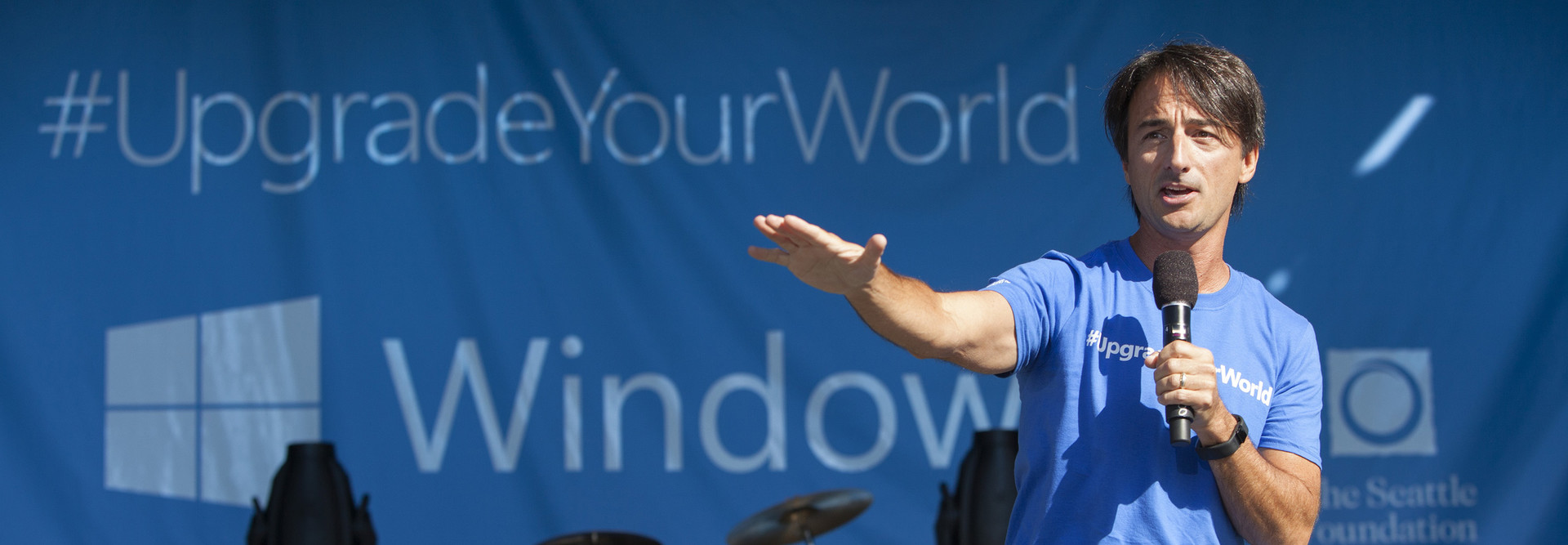Microsoft Passes 14 Million Windows 10 Upgrades
Within a day of launching Windows 10, Microsoft announced that its much-awaited operating system already runs on more than 14 million devices.
The speedy adoption of Windows 10 is essential for the corporation, which aims to achieve 1 billion OS upgrades in the next few years. But in order for Microsoft to reach its target, businesses will have to get on board.
According to an article in The Wall Street Journal, Microsoft had difficulties attracting enterprise customers to the predecessor of Windows 10, but the corporation took steps to ensure that history doesn’t repeat itself:
Windows 8, the previous version launched in 2012, alienated users with a confusing mishmash of PC and tablet conventions. Rather than upgrading, many companies stuck with earlier versions of Windows that are, by now, at least six years old. Meanwhile, workers shifted to smartphones or other non-Windows devices for many tasks, prompting some corporate technology managers to let slide their desktop software and hardware updates.
For Windows 10, Microsoft went all-out to turn around perceptions among corporate customers. For the better part of a year, it distributed in-progress versions to companies and gathered their feedback, and it sought input from developers of Windows-based business software that help sell its products to companies large and small. It gave special attention to business-focused features such as security and simpler ways to manage fleets of workplace PCs.
A post on CDW Solutions Blog outlines additional enterprise-friendly features, such as the Cortana personal assistant and Microsoft Edge browser, which is both faster and more open than Internet Explorer.
A Spiceworks survey released before the Windows 10 launch shows that 60 percent of respondents said their IT departments already evaluated preview versions of the system. And, according to the survey, 73 percent of IT decision-makers plan to adopt the OS within two years.
Computerworld’s Gregg Keizer suggests that for businesses making the move to Windows 10, the migration process will be much the same as it’s been in the past:
Companies will repeat their usual practice of first planning and preparing for the migration. Next, they will run pilot programs with small numbers of machines, followed by accepting new PCs with Windows 10 — essentially starting the go-to-10 process through attrition. Finally, they will begin organization-wide upgrades of existing devices. Their completion target: Late 2019.
Keizer writes that businesses will feel little pressure to switch until closer to Jan. 14, 2020, the end-of-support date for Windows 7. In the meantime, Microsoft will rely on its free-for-a-year upgrade — available to Windows 7 and 8.1 customers — and positive word of mouth to drive enterprise adoption.









